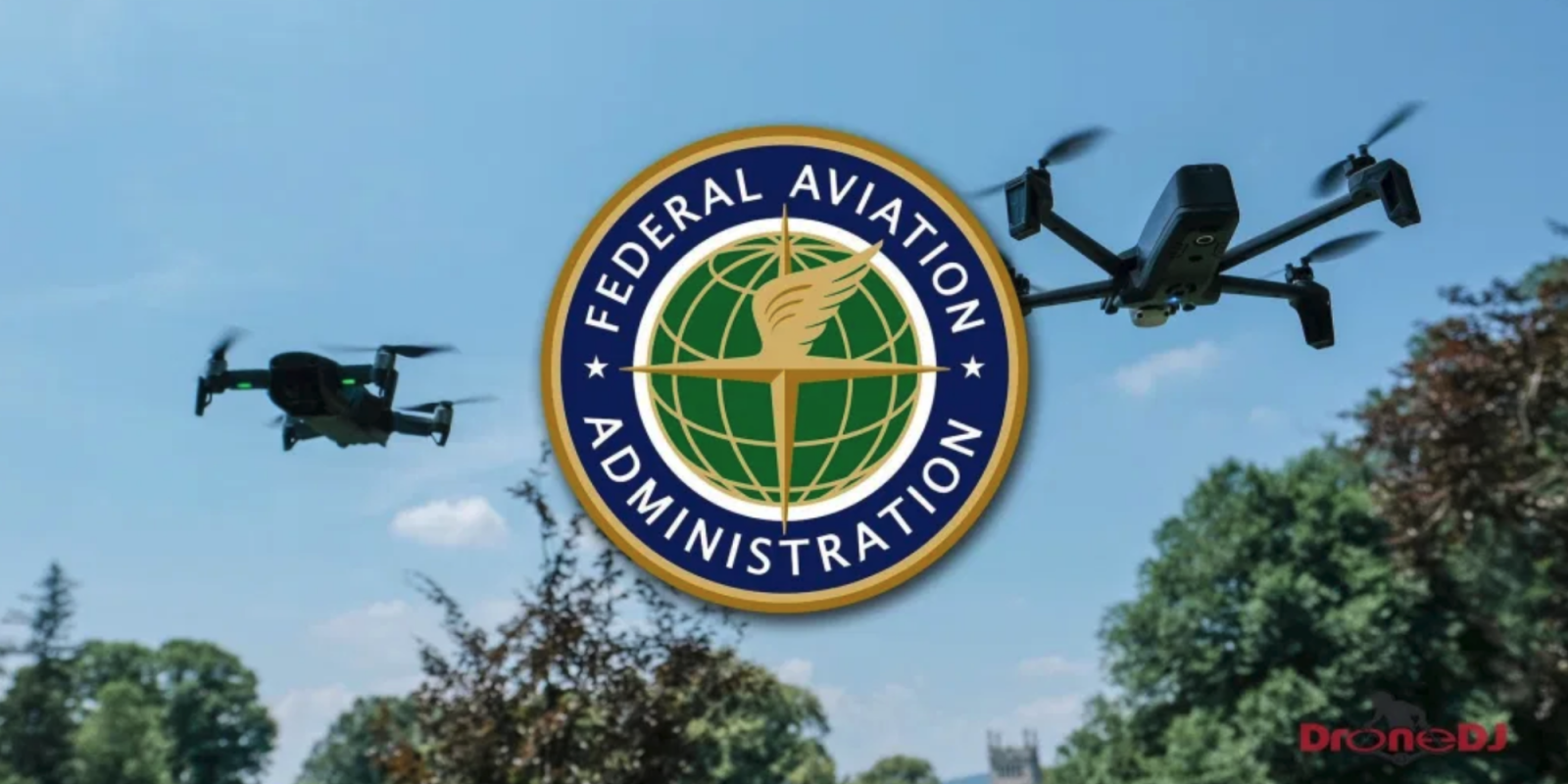
The Federal Aviation Administration (FAA) has taken an additional step toward the day when beyond visual line of sight (BVLOS) drone operation will be routine. After last week’s announcement it had created a new committee to propose BVLOS regulations, on Monday the FAA tapped safety avionics technology company Iris Automation to participate in that rule-making process.
Seeking sector-wide input for drone BVLOS rule framing
Selection of Iris Automation reflects what the FAA calls its holistic approach to drawing up future regulations for BVOLS flights. In announcing the body’s creation last week, the FAA said the Aviation Rulemaking Committee (ARC) would propose a technologically-agnostic, performance-based framework to permit BVLOS operations. Its objectives in doing so, the FAA noted, were safe, scalable, economically viable, and environmentally friendly activity that fall outside of active air traffic control monitoring.
The new regulations governing BVLOS operation will be drawn up in harmony with a pair of other recent FAA drone rule updates. Those involve night flights and navigation above people, and remote ID requirements – all of which came into force April 21.
The ARC is also expected to work within the logic of the FAA’s BEYOND program. Among its areas of interests is the use of urban air mobility craft for passenger transportation, and uncrewed traffic management for all non-piloted aerial systems (UAS).
FAA, Iris Automation: enabling routine BVLOS flights
As part of that work, BEYOND seeks input from a variety of drone manufacturers; software, platform, and app developers; and service providing businesses. Addition of Iris Automation to the ARC extends that approach by bringing one of the leading safety avionics tech groups into preparing BVLOS regulation.
“Iris Automation is committed to developing critical detection technologies and working closely with global policymakers and regulators to develop appropriate BVLOS safety standards,” said Iris Automation CEO Jon Damush in a statement. “We are therefore honored to be selected to contribute to this progressive and continued effort by the FAA to work towards establishing real-world guidelines in making UAS operations safe and scalable throughout the United States. Building on the critical work already achieved by the FAA’s IPP and now BEYOND programs, we look forward to continuing our participation in this extremely valuable industry/regulator collaboration.”
Central to Iris Automation’s offer is its detect-and-avoid system targeted primarily for business drone use. That onboard technology, the company says, allows clients to create scalable drone operations over long distances, and without human intervention. Those activities, quite clearly, are what moved the FAA to bring the company into ARC BVLOS deliberations.
FTC: We use income earning auto affiliate links. More.





Comments